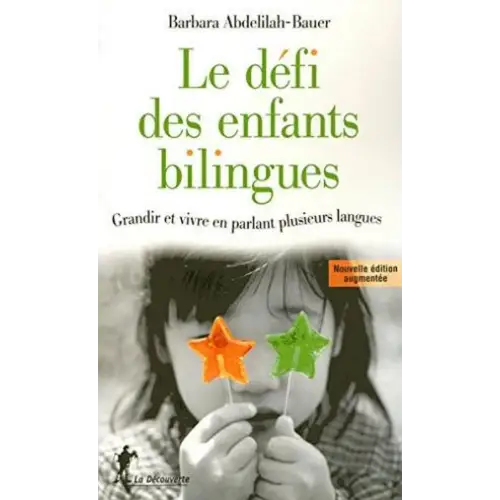Raising a child in two languages requires a sustained commitment over several years. Bilingualism is not a given, whether the second language is that of one parent, the main language of a family abroad, or a learning project for a child from a monolingual family. It requires combating prejudice, finding ways to prevent the disappearance of the "weak" language, and building an identity based on two languages and cultures. These are the challenges for both bilingual children and their parents. How does a child acquire language? What is the best way to transmit two languages simultaneously? What effects does bilingualism have on school careers and intellectual development? How many languages can a child learn, and what are the different learning methods? This book is intended for everyone—parents, teachers, and childcare professionals—interested in bilingualism and multilingualism. It explores the many aspects of this subject using the latest research, so that everyone in unique situations can find their own answers beyond standard "recipes" and "guidelines." The third edition of this work, which has become a reference in this field, contains updated data from recent studies and is enriched with a new introduction by the author.

